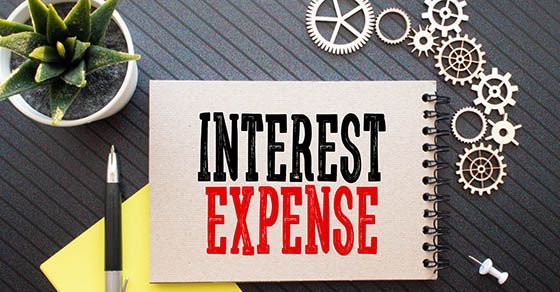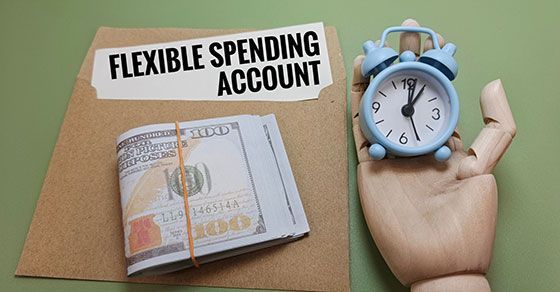Designing the right bonus plan for your business
Today’s employees have a wealth of information at their fingertips and many distractions competing for their attention. Maintaining focus and productivity can be challenging.
One proven lever for promoting engagement is a performance-based bonus plan. When carefully structured, these plans acknowledge individual contributions while accelerating the company toward its strategic goals. However, if not optimally designed, bonuses can backfire — feeding worker frustration and wasting resources. That’s why the right approach is essential.
What are the goals?
The first step in creating an effective employee bonus plan is to set specific and reasonable strategic goals that inspire employees and improve your business’s financial performance. They should be tied to metrics that describe intended operational improvements, such as:
- Increased sales or profits,
- Enhanced customer retention, or
- Reduced waste.
Structure the bonus plan so that staff members’ priorities and performance goals align with the company’s strategic goals, as well as the purpose of their respective positions. Employee goals must also be specific and measurable. You may allow some workers to set “stretch” goals that require them to exceed normally expected performance levels. But don’t permit anything so difficult that an employee will likely get discouraged and give up.
It often makes sense to also set departmental goals. This way, team members can better see how their work, both individually and as a group, propels progress toward company goals. For example, the bonuses of assembly line workers at a manufacturing plant could be tied to limiting unit rejects to no more than 1%. This, in turn, would directly relate to the business’s strategic goal of reducing overall waste by 5%.
How can you do it right?
A well-structured bonus plan should do more than set employees on a “side quest” to earn more money. Ideally, it needs to educate and inspire them to think more like business owners seeking to grow the company rather than workers earning a paycheck.
For starters, keep it simple. Sometimes, bonus plans get so complicated that employees struggle to understand what they must do to receive their awards. Design a straightforward plan that clearly explains all the details. Write it in plain language so both leadership and staff have something to refer to if confusion arises.
Also, seek balance when calculating bonus amounts. This can be tricky: A bonus that’s too small won’t provide adequate motivation, while an amount that’s too large could cause cash flow issues or even jeopardize the bottom line. Many businesses structure their incentive arrangements as profit-sharing plans, so payouts are based directly on the company’s profitability.
Make the plan flexible, too, by adjusting it as business conditions change. For instance, you might tweak your bonus plan when you update your company’s strategic goals at year end. But don’t set goals that are too open-ended. Measure both strategic and individual goals on a consistent schedule with firm starting and ending dates. Companies generally track goals quarterly or annually.
Finally, consider allowing the highest achievers to reap the biggest rewards. In many businesses, salespeople have the biggest impact on the company’s overall performance. If that’s the case for your business, perhaps your sales team should be able to earn the highest amounts.
Who can help?
A thoughtfully designed bonus plan can align employee efforts with company priorities while supporting long-term growth. Let us help you create one that motivates employees, safeguards your bottom line, and keeps your business in full compliance with the tax and accounting rules.
© 2025










